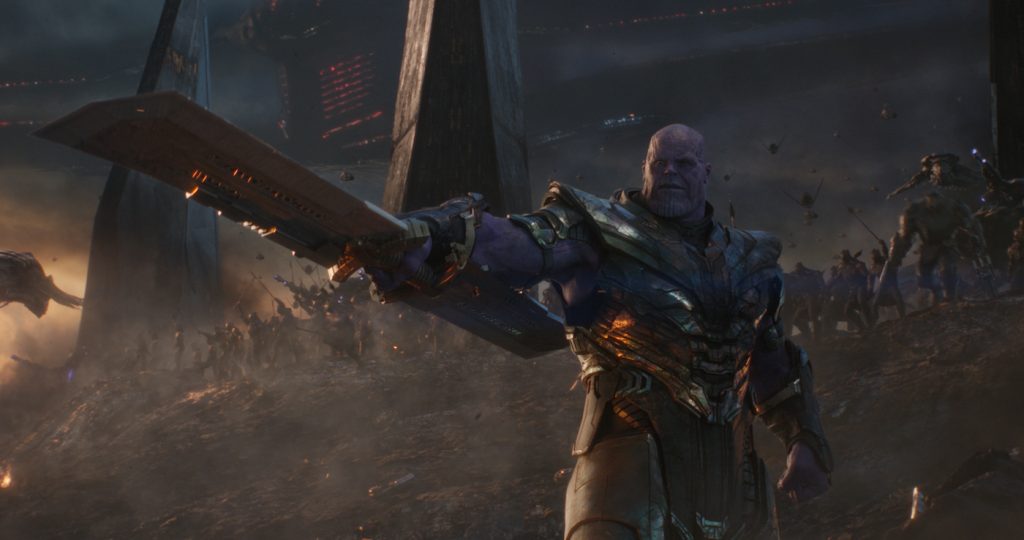How Avengers: Endgame‘s Editor Handled Time Traveling Twists & Turns
SPOILER ALERT: This story reveals plot points seen in Avengers: Endgame and other Marvel films.
Even before Avengers: Infinity War was completed editors Jeffrey Ford and Matthew Schmidt were already working on what they were calling Avengers 4 in April of last year. The project, shrouded in secrecy, was to be a culmination of 10+ years and 22 films in the making cleverly dubbed Avengers: Endgame.
During its first three weeks at the box office, Endgame has pulled in over 2 billion dollars worldwide. Since it premiered, The Credits has clued captivated audiences in on the mysterious sounds in the end credits, detailed one of the film’s most surprising scenes and discussed how an iconic line found its way into a final cut. The latter was thanks to Ford, who was fortunate enough to be involved early on in the process where he collaborated with the Russo brothers and screenwriters Christopher Markus and Stephen McFeely on the story during preproduction.
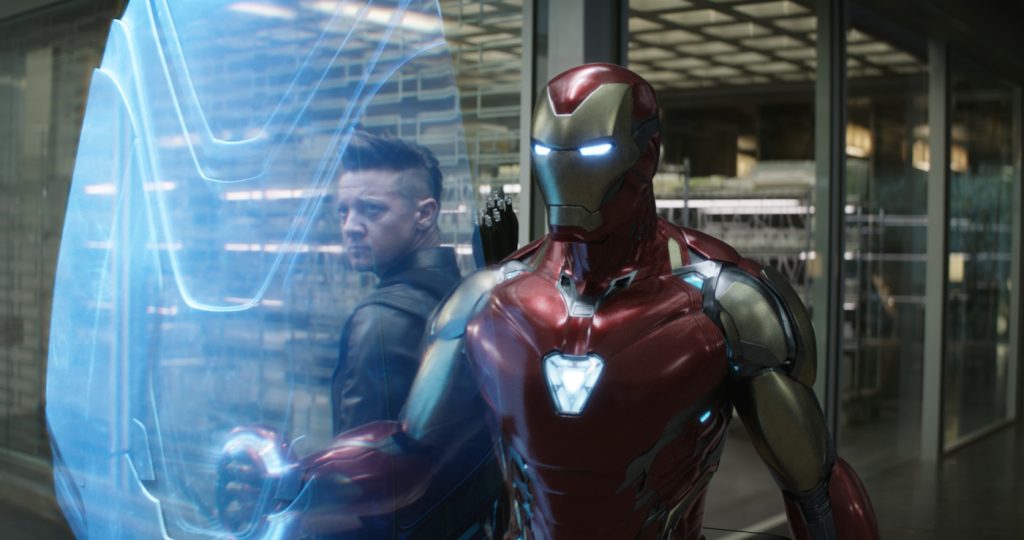
“When I came on I was able to ask questions before they rolled cameras,” Ford says. “Questions like, ‘does this scene go here or does it go there?’ and ‘how does this storyline play out?’ I could get a lot of that information from them so when they did start shooting I already had answers.”
Understanding story structure outside the scripted page was advantageous for the editors as Ford notes, “editing before shooting is easier than editing after you shoot.” The prep helped to assemble a decisive plot point that takes place during the first 15-minutes of the film: the Avengers tracking down and killing Thanos (Josh Brolin). “My first reaction was that they [Russo’s] were absolutely out of their mind. But if it works, it’s the greatest thing ever. It’s the last thing you’d expect but what we needed the most to make a movie like this work,” says Ford, who has worked on every Avengers and Captain America film to date plus Iron Man 3.
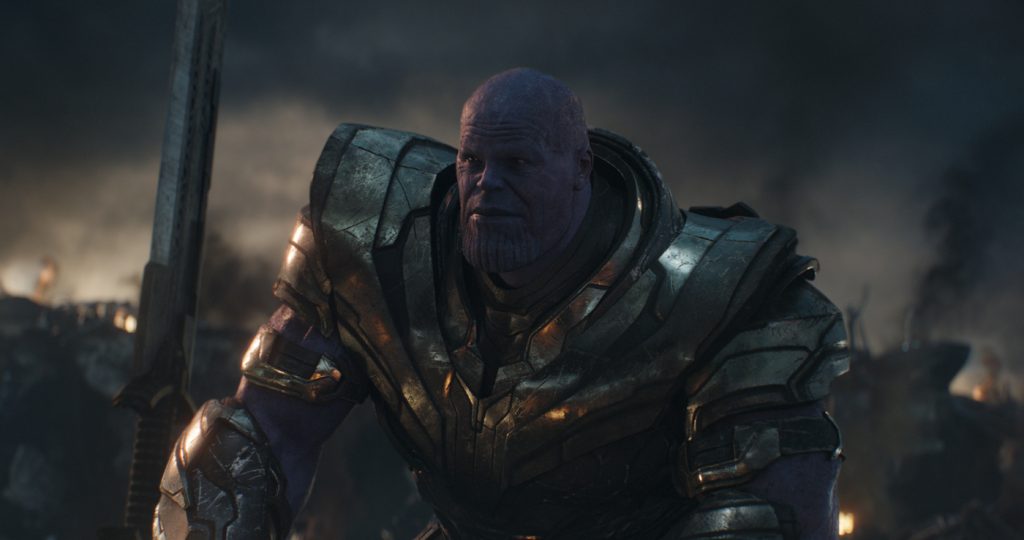
The editor is right. Marvel movies traditionally have protagonists chasing down and defeating an antagonist to save the world. It’s a story structure that audiences are familiar with making it easier to follow along – an almost A to B approach. In Avengers: Endgame, the antagonist, in this case, Thanos, is killed immediately and now all bets are off the table, and as Ford points out, “the audience doesn’t know what’s going to happen next and they are on edge and off balance.”
Avengers: Endgame is driven by suspense. “The film is a deep dive into character. Normally when you think of suspense you think of the plot, but here, it’s all about character,” explains Ford. “While cutting, we asked ourselves ‘what happened to this person after they failed in Infinity War?’, ‘what did they do and how did they feel about it?’ ‘And now, what are they going to do?’ These questions are all character related.”
One such character, Bruce Banner, found a way to unite his two warring halves to find a measure of peace in his monstrosity.
Detailing pronounced character moments and story beats were key for when the Avengers eventually paired off and traveled back in time to retrieve the six Infinity Stones. Each quest carried a slightly different editorial rhythm coupled with intrinsic visuals laid out by production designer Charles Wood and cinematographer Trent Opaloch.
“We didn’t want to simply revisit scenes and events the audience had seen before in the cinematic universe. We wanted to activate the audience and see those characters in their particular quest from a different point of view,” says Ford. Each time the narrative overlapped a direct moment from one of the previous films – and there are several key instances – it was done from a distinct point of view for either comedic or dramatic effect.
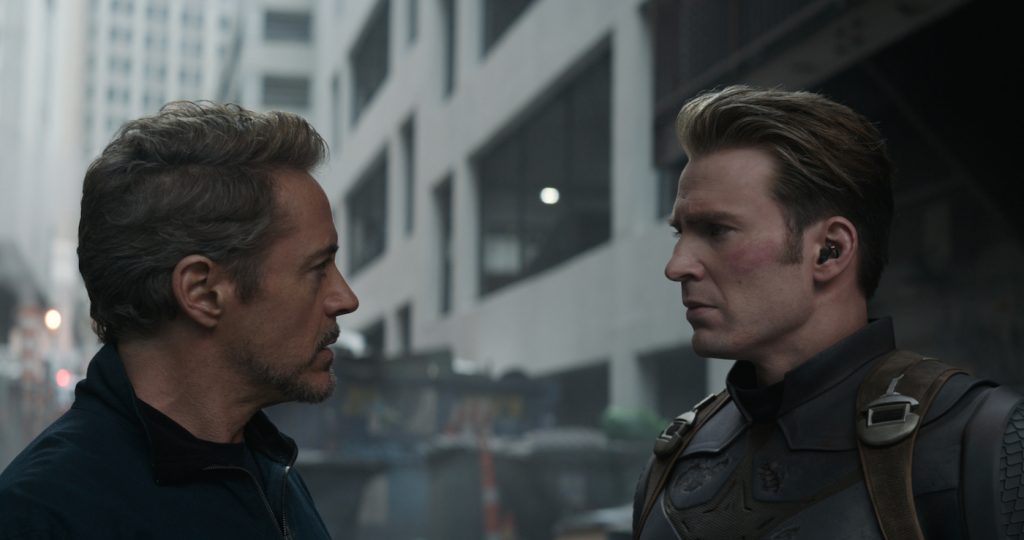
One callback is when Avengers: Endgame recreates the “elevator scene” from Captain America: The Winter Soldier where Captain America (Chris Evans) steals the Mind Stone hidden inside Loki’s (Tom Hiddleston) scepter from the SHIELD agents who have confiscated it. Instead of an all-out brawl as we see in Winter Soldier, Cap uses his knowledge of Agent Sitwell (Maximiliano Hernández) and Brock Rumlow (Frank Grillo) being part of a secret Hydra cell to calmly whisper “Hail Hydra.” This allows him to walk out with the stone without having to throw a single punch.
Character dynamics helped pace the 3 hour and 2-minute runtime that had plot points connected with a surgical hand. Intercutting during the time travel heists was limited, allowing the action to play out on screen. Ford notes that “audiences needed to see the beginning, middle and end to these quests before jumping to another story.” The approach is different from what we saw in Avengers: Infinity War where storylines (Thor’s in particular) where picked up much later in the film. “Out of all the Marvel movies I have done, Endgame had the fewest cuts per reel,” Ford notes. “It was because of the amazing screenwriting and directing that we were able to create a completely compelling narrative that is not as dependent on plot as it is to character dynamics. We wanted to honor that with the editing and stay true to that.”
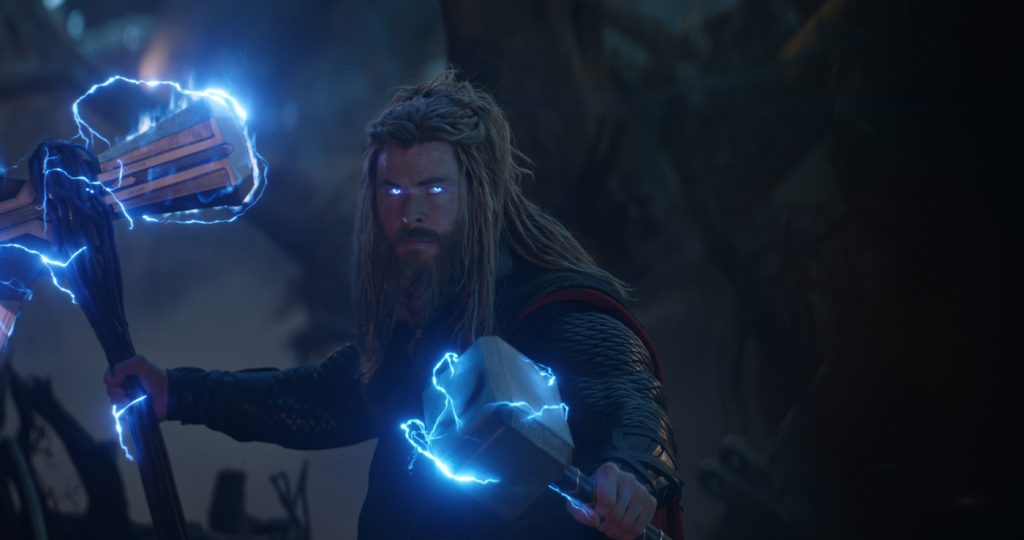
It shows. Especially when Tony Stark (Robert Downey Jr.) and Steve Rogers travel back to locate more Pym Particles – a substance that allows them to time travel – and they bump into familiar faces of their past. Those scenes had a lighter touch to them giving audiences a chance to immerse themselves into the character’s perspective – to feel what they are feeling. Subliminally, the score from Alan Silvestri and sound mix overseen by supervising sound editors Shannon Mills and Daniel Laurie drove home the emotion, lending a fortuitous hand in audience anticipation
“They created a mix that didn’t get oppressive,” says Ford. “If the sound or the music is constantly telling you what the emotions are you’re going to push away. It’s going to feel long and tiring.”
Sonically scenes were designed so that viewers felt different energies and wavelengths. “There are moments where the sound stops or gets low and very minimalist and then becomes very dense,” explains Ford. “Alternating between those two ideas almost gives it a wave that keeps you rolling along in rhythm. Watching, you don’t even notice it, but it’s really the secret weapon in keeping people from finding a good place to go to the bathroom.”
Ford realizes they are some of the luckiest people in the world to have been part of the Marvel films. “It’s really been a dream thanks to Kevin Feige, the Russo brothers and all the directors we get to work with. They allow us to do our best work.”
Featured image: Marvel Studios’ AVENGERS: ENDGAME. Thanos (Josh Brolin). Photo: Film Frame ©Marvel Studios 2019



